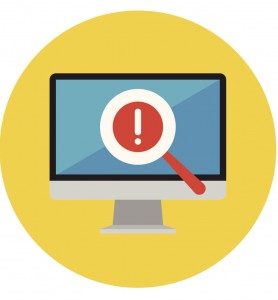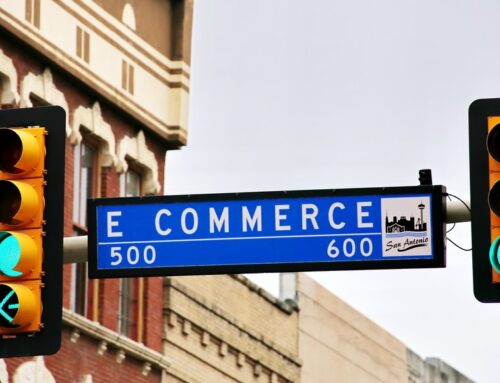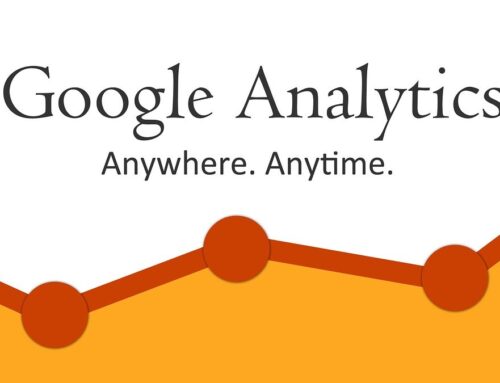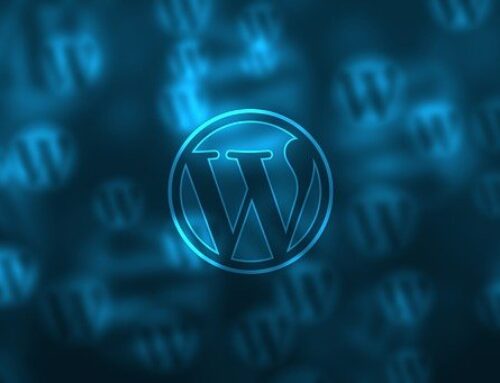
How website works?
Author : Hardeep Singh
June 6, 2025
Have you ever wondered how website works? Have you ever desired to create your own Web page, complete with titles and text and graphic icons? Have you ever heard the word “HTML” and wondered what it means? But before going further to discuss how website work? First You need to understand what is Website?
A website is typically a collection of web pages, graphics, and other elements which are linked together to form a larger, structured document (like an interactive book). A website could be a single page or it could be made from thousands of pages. All pages and other elements are located in a folder on a host server. An internet address (known as a Uniform Resource Location, or URL) is assigned to this folder, so that when a browser asks for your site it will know where to look.
When you visit a website, you usually start at the site’s home page, from where you can navigate the rest of the site. Hyperlinks allow you to move between pages – a hyperlink is simply an instruction / reference to open a new web page. Now lets move on to how website works?
At this moment, it is nearly guaranteed that:
- You are sitting at your computer.
- You are using a Web browser to read this page, and that browser could be Microsoft Internet Explorer, Mozilla Firefox or maybe Google Chrome.
- You want to learn how Web pages work, and perhaps learn the art of creating your own pages.
- Because you are sitting at a computer, you have a Web browser and you possess the desire to learn, you have everything you need to get started. You can learn HTML and experiment with your Web browser to find out how to create any kind of Web page you can imagine.
In order to talk about Web pages and how they work, you will want to understand four simple terms (and if some of this sound like technical mambo-jumbo the first time you read it, don’t worry, we will explain these terms in details):
Web page
A Web page is a simple text file that contains not only text, but also a set of HTML tags that style how the text should be formatted when a browser displays it on the screen. The tags are simple instructions that tell the Web browser how the page should look when it is displayed. The tags tell the browser to do things like change the font size or color, or place things in columns. The Web browser reads these tags to decide how to format the text onto the screen. A web page is a single document, similar to a word-processor document, which displays text, graphics and other active elements. You are viewing a web page at the moment called “how-website-works” – if you look in the address bar of your browser, you will see the name of this page and its location on the internet:
To make a web page, you must format it according to the HTML standard (actually there are other formats which you can use, but we’ll stick to HTML for now). Read below to learn HTML.
HTML
HTML stands for Hyper Text Markup Language. A “markup language” is a computer language that defines how a page should be formatted. If all you want to do is display a long string of black and white text with no formatting, then you don’t need HTML. But if you want to change fonts, add colors, create headlines and insert graphics in your page, HTML is the language you use to do it.
Web browser
A Web browser, like Microsoft Internet Explorer, Mozilla Firefox or maybe Google Chrome, is a computer program (also known as a software application, or simply an application) that does two things:
- A Web browser knows how to go to a Web server on the Internet and request a page, so that the browser can pull the page through the network and into your machine.
- A Web browser knows how to interpret the set of HTML tags within the page in order to display the page on your screen as the page’s creator projected it to be viewed.
Web server
A Web server is a piece of computer software that can respond to a browser’s request for a page, and deliver the page to the Web browser through the Internet. You can think of a Web server as an apartment complex, with each apartment housing someone’s Web page. In order to store your page in the complex, you need to pay rent on the space. Pages that live in this complex can be viewed by and displayed to anyone all over the world. Your landowner is called your host, and your rent is usually called your hosting charge. Every day, there are millions of Web servers delivering pages to the browsers of tens of millions of people through the network we call the Internet.
It is very easy to experiment with Web pages without using a server. Your browser can view the Web pages you create from your personal machine. Once you understand how to create your own pages, it is likely that you will want to put them “out on a server,” so that people around the world can load your pages and read them.












